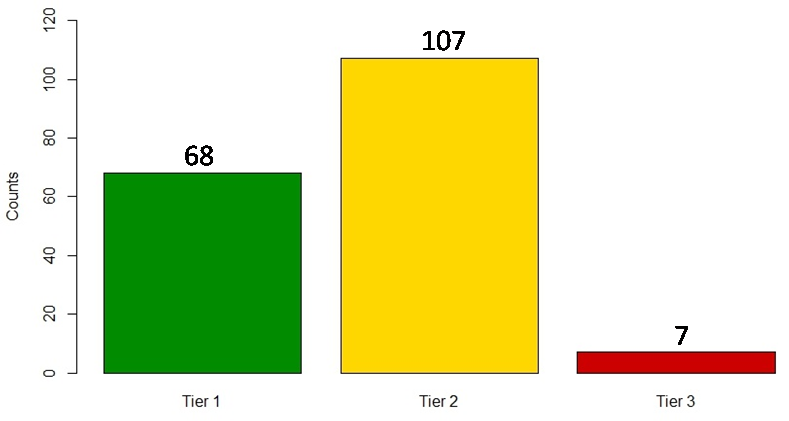Category:
Work in Progress: Classifying Evidence-based Genomic Applications for Practice and Prevention

In our 2015 paper,“Prioritizing genomic applications for action by level of evidence: A horizon-scanning method,” we proposed a systematic scanning method that assigns genomic applications to “tiers” defined by availability of synthesized evidence. Because of the amassed evidence on the validity and utility of genomic tests and related technologies, we suggested that researchers, policy makers, Read More >
Posted on byWhat do women (and men) want? Parents weigh in on genetic testing for rare diseases in children

Genetic testing in children has traditionally focused on conditions with clinical actionability or utility. However, parents may want to know whether their child is at high risk of a rare disease even if a treatment doesn’t exist. A newly published article reports on a study conducted by researchers at RTI International and the University of Read More >
Posted on by

